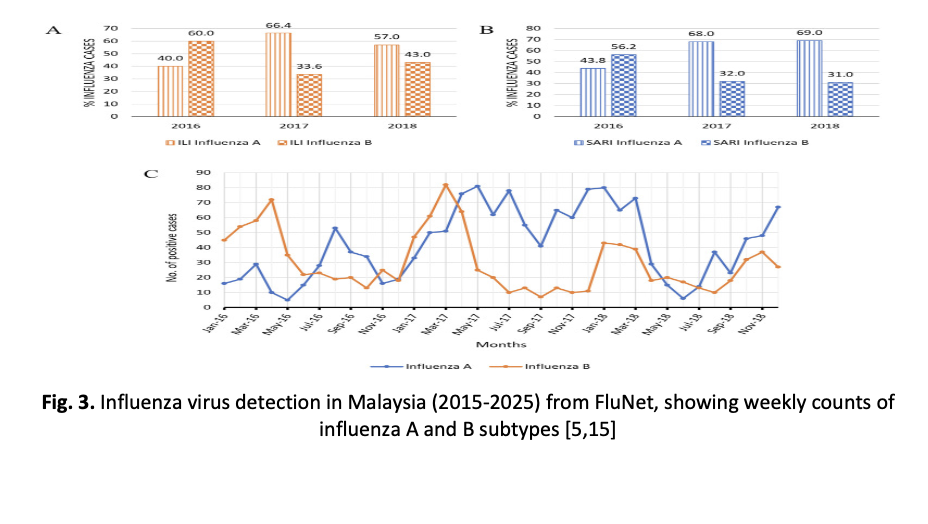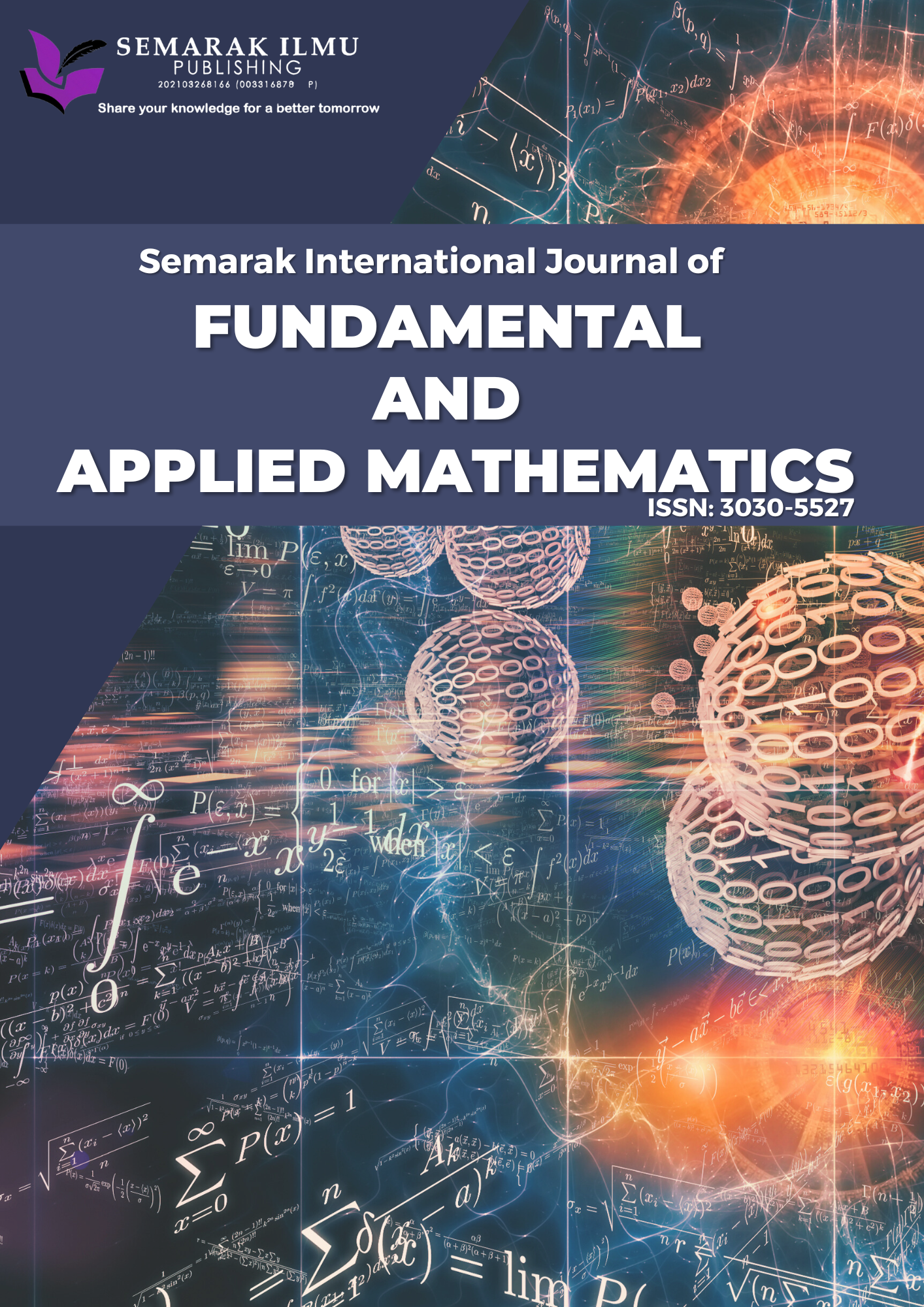Robust Epidemic Mitigation Algorithm: Real-Time Parameter Calibration and Multi-Scenario Optimization for Vaccination
Keywords:
Epidemic model, Finite Difference Method, influenza modelling lettersAbstract
Vaccination and control methods in areas prone to outbreaks, like Malaysia, must be guided by accurate mathematical models of infectious illnesses. This work introduces a revised Susceptible-Infectious-Recovered (SIR) model that accounts for changing public health responses by including time-dependent immunization. Aiming to reduce implementation costs and infection levels in the face of uncertainty, the model seeks to identify optimal vaccination regimens. To validate the model and estimate parameters, we use influenza incidence data from 2015 to 2025. The model is solved and analyzed using two numerical methods, which are compared in terms of computing efficiency, convergence behavior, and stability across different parameter values. In order to determine how changes in transmission and control rates affect important epidemiological variables, including basic reproduction number, epidemic peak, and final infection size, a sensitivity analysis is conducted. In comparison to static tactics, the results demonstrate that adaptive vaccination controls are more effective in reducing the spread of epidemics. A dependable foundation for developing data-driven, cost-effective epidemic management plans may be found in the study's demonstration of the synergy between optimal control principles and resilient numerical approaches. The real-time control of influenza transmission in Malaysia is much improved by this integration, which also improves the accuracy of the models.









